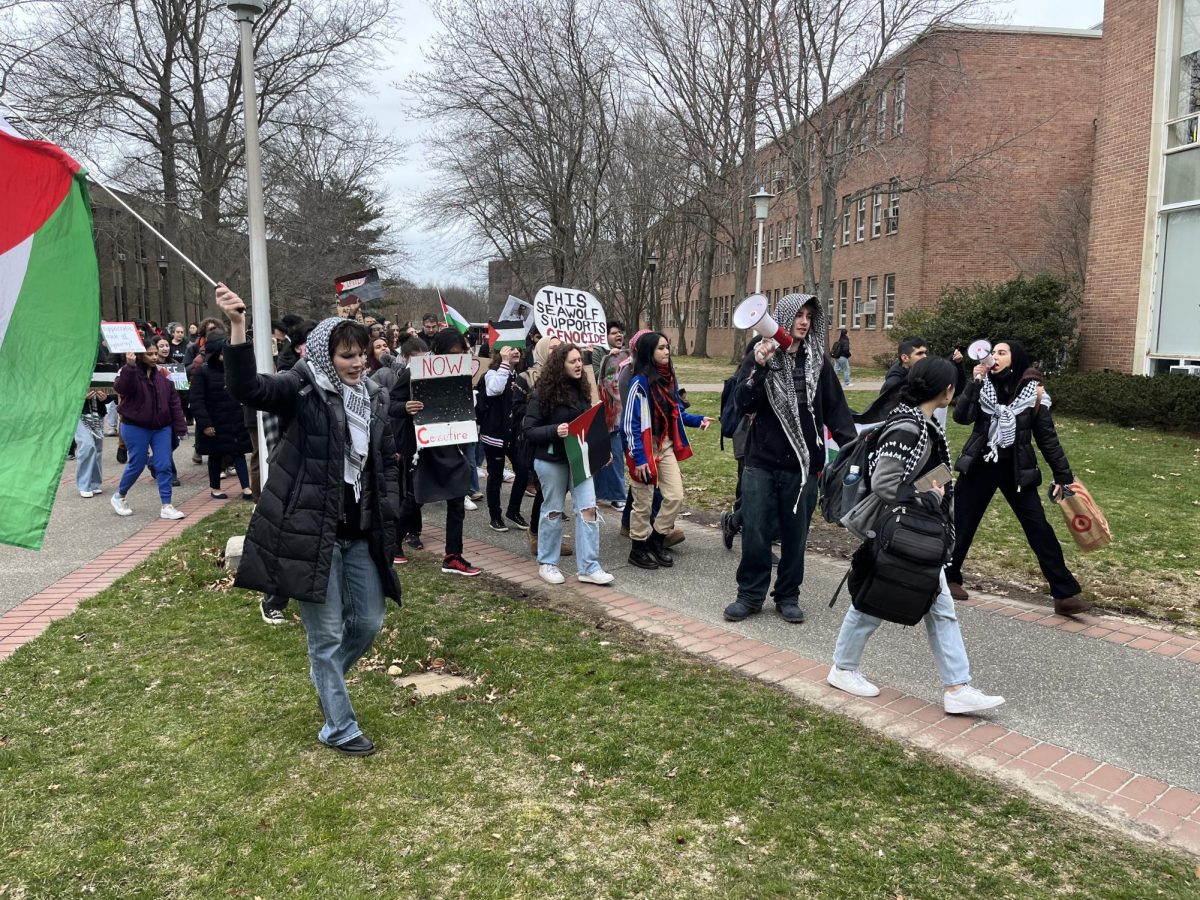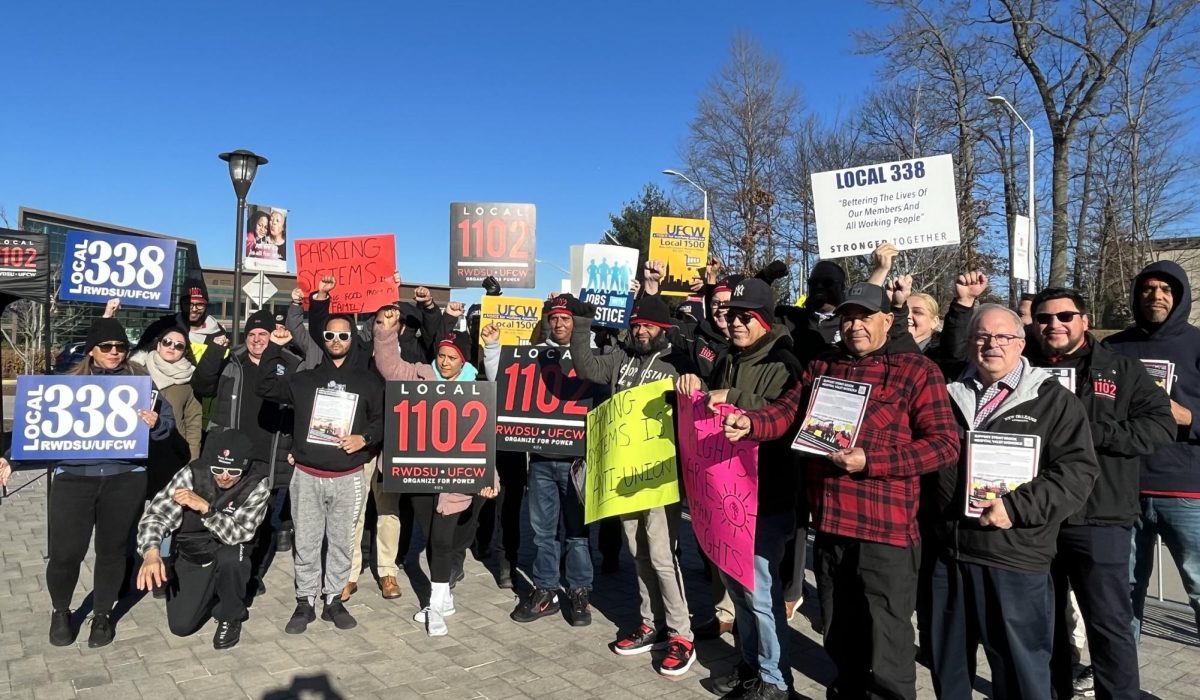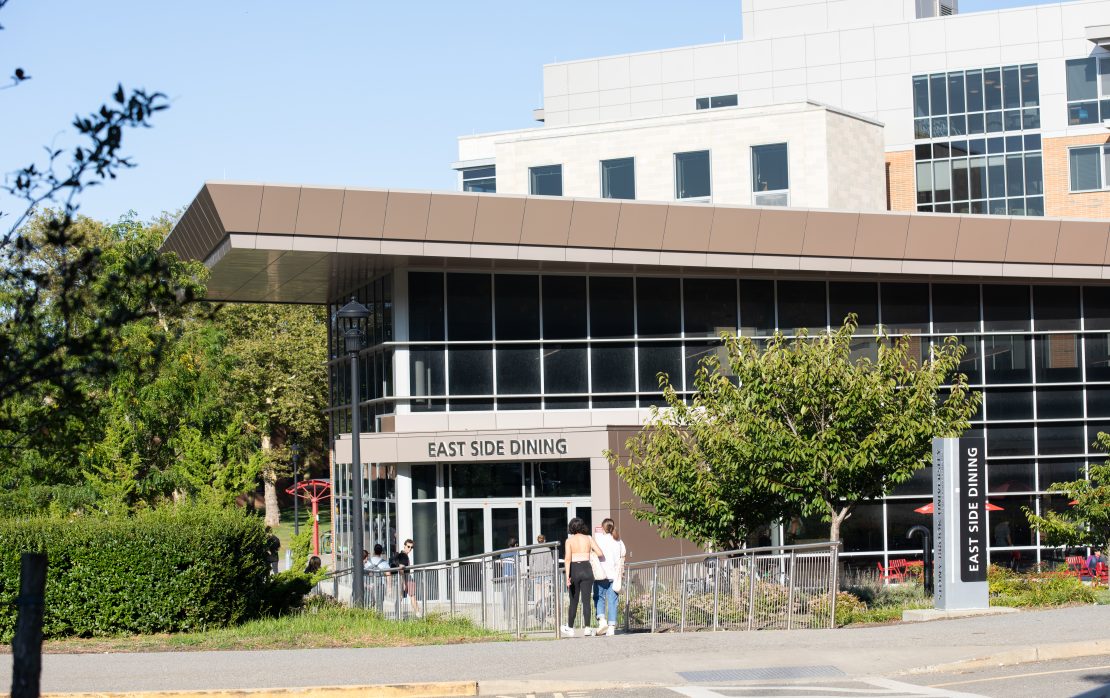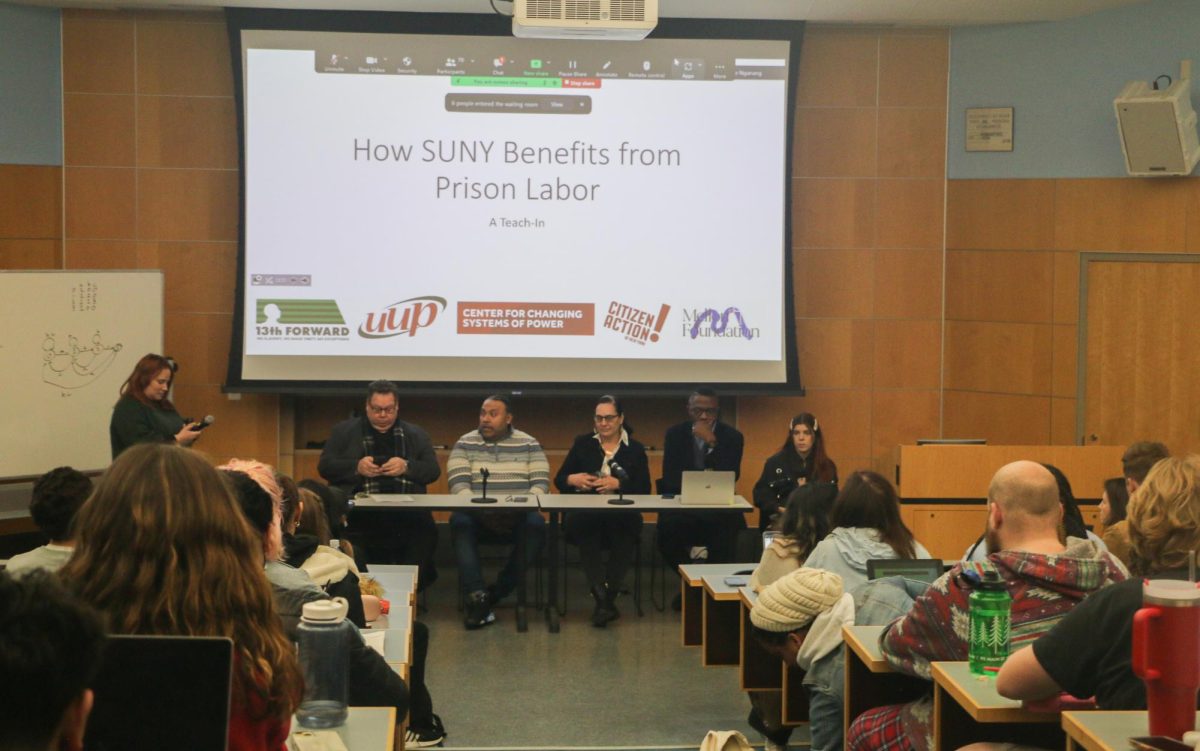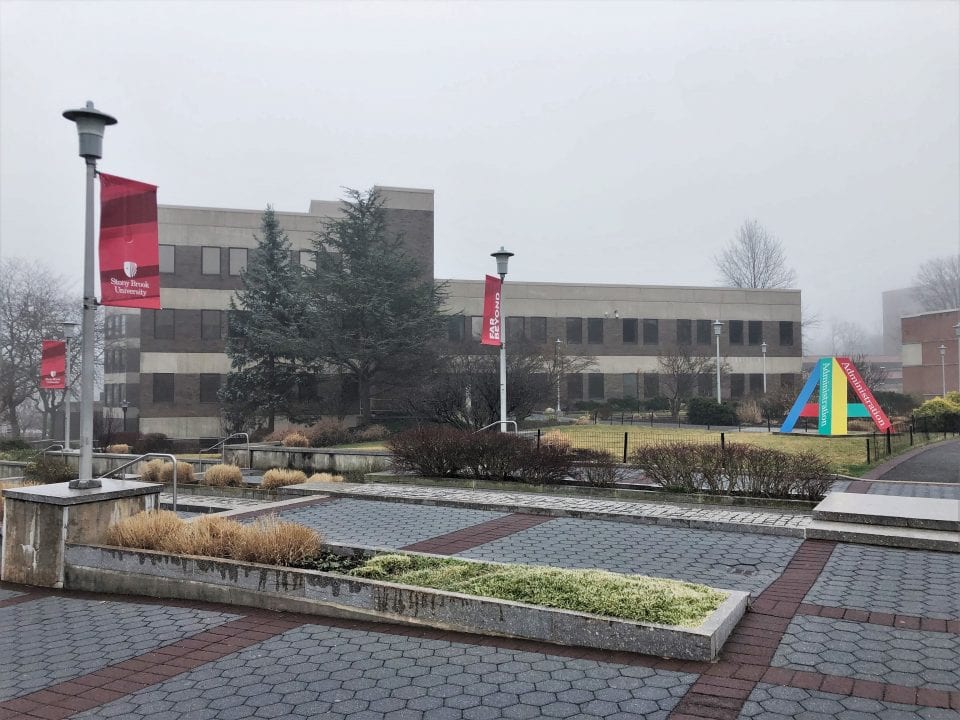
The State University of New York (SUNY) Student Assembly held a conference call on March 18 to update students on the COVID-19 pandemic as public schools across the state, including Stony Brook University, have taken initiatives in an attempt to stop the spread of the virus.
Roughly 150 people joined the conference call, which began with a statement from Austin Ostro, president of the SUNY Student Assembly and a student member of the SUNY Board of Trustees.
Ostro confirmed that all SUNY campuses have notified or will notify students about prorated refunds for housing, dining and service-based fees. However, for student activity fees, the individual student governments of each school will determine how much money will be allocated as refunds.
“Refunds will be based off of revenue that’s not spent by the student government so no student governments have to cancel or pause any of their operations that are still going on in order to give refunds,” Ostro said. “They’ll only be based off of what they don’t use for the rest of the semester, but even some of that money will be refunded to students as well.”
Later in the call, Ostro said that the prorated refunds would be around 25% of students’ total housing, dining and service-based fees for the year. Tuition will not be refunded, since courses will still be taken online.
Ostro also announced that students at the University at Albany, Farmingdale State College, Nassau Community College and Fulton-Montgomery Community College have tested positive for COVID-19. SUNY anticipates that the number of students that test positive across the state will grow as testing becomes more available.
Ostro, addressing the possibility that Gov. Andrew Cuomo will turn SUNY dorms into hospital beds, said that the state is making active preparations in case New York reaches its hospital capacity.
“That’s not a question that has a definitive answer yet because it obviously still remains to be seen at what point New York State will reach its hospital capacity,” Ostro said.
Dr. Tod Laursen, SUNY Provost and Senior Vice Chancellor, emphasized the difficulty of continuing to provide an education to New York students in a rapidly-changing situation, noting that schools have to submit their academic continuity plans to himself and SUNY Chancellor Kristina M. Johnson by Friday, March 20.
“One thing to keep in mind, which probably you all know, spring breaks on different campuses are at different times,” Laursen said. “In addition to that, campuses were given the option by the Chancellor a week or so ago to extend their spring breaks for up to a week … All of this was in preparation for this academic continuity we’re talking about, but it does mean that instruction is going to resume at different times on different campuses throughout the system.”
Laursen addressed the necessity to accommodate students with disabilities, including those who lack the necessary technology such as a laptop to complete online classes. He stressed that only Cuomo has the power to close SUNY schools and that the campuses remain open despite students participating in distance learning.
“We’ve been working on online education for years,” Laursen said. “[We] amped that up over the last year or two, and I think that that sort of developed expertise is really going to serve us well in this period ahead.”
Stony Brook University is one of 12 SUNY schools seeking a new president, and the searching process will continue in the face of the pandemic, Laursen confirmed.
Ostro fielded questions from students about Stony Brook University, specifically the sudden change in housing plans and whether or not SUNY could override Stony Brook’s decision to move students out of housing.
“The goal is to get as many students to leave as possible, not all students — not students that have good reasons for staying,” he said. “I’ve had some concerns about the communication that’s been put out by not just Stony Brook, but some of the other campuses as well. Clearly the goal is to get as many students to leave as possible, and the language goes out of its way to make it seem like you shouldn’t stay on campus.”
He asked people on the call to tell students who need to stay on campus to continue reaching out to the administration about arrangements.
“However strong language is in the email, those arrangements should be made for them,” he said. “And if they’re not, that’s something that the Student Assembly can intervene in.”
Laursen plans to speak with Johnson and other members of the SUNY leadership team about the feasibility of alternative grading schemes such as the pass/fail system. Ostro said he believes the system is necessary as students’ academic lifestyles have been significantly disrupted by the crisis.
“The guidance that’s being given to faculty is to take into consideration, when it comes to grading, events that have happened and the disruption to students academic success these circumstances have created,” Ostro said. “I fully anticipate that faculty members will take the extenuating circumstances of this semester into account when they grade, and I think that if we can institutionalize that pass/fail option, that would give even more students peace of mind.”
These circumstances have left schools’ futures uncertain, especially with regards to the incoming class of students.
“The long term implications of this crisis are still unclear,” Ostro said. “We don’t know how long the distance learning model is going to need to continue. Campuses are still actively recruiting students for next year on spring physical tours.”
Ostro concluded the conference call with a message of unity.
“Everyone’s goal should be to support other students, to help everyone succeed, to meet all accommodations,” he said. “So look out for your fellow students. Be a voice for students who don’t know where to bring concerns at their student assembly. It’s here to advocate through campuses, through SUNY, through state and federal government. Be the voice for everyone.”
Brianne Ledda contributed reporting.








